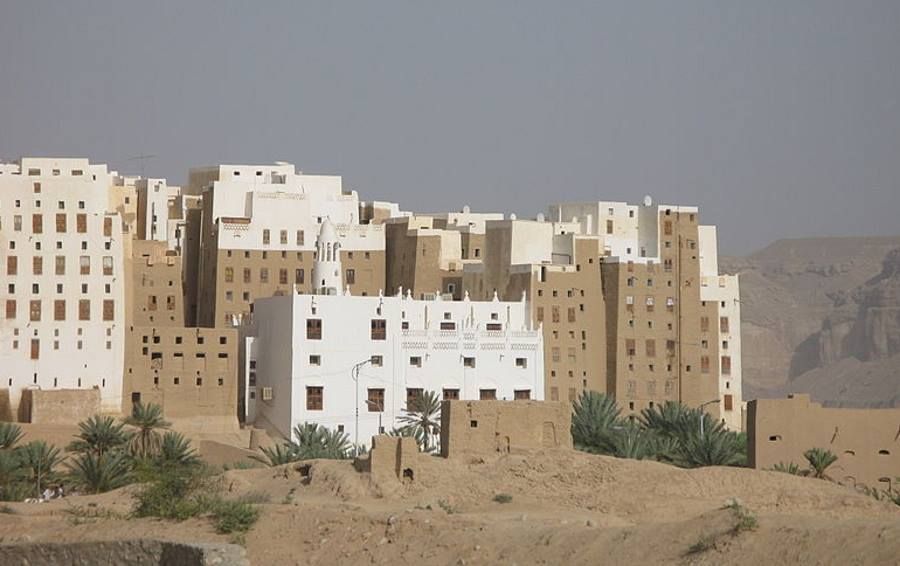Skyscrapers in ancient Egypt? Archaeologists have discovered one in the Nile Delta
It could have been more than a dozen meters high and up to seven stories high. The remains of an ancient skyscraper more than 2,500 years ago. years, made of silt bricks, was discovered at Tell el-Retaba in Egypt’s Nile Delta by a team of archaeologists from Poland and Slovakia.
The foundations of the uncovered structure measure more than 20 m long and 8 m wide. Based on their thickness, archaeologists estimate that its height could have measured up to 15 m, which roughly means 6-7 floors. Similar tower structures were very popular in Egypt from the 8th century p.n.e. Over the next hundreds of years until póź antiquity, i.e., the 5th century.
– How best to imagine the Egyptian house we discovered from 2,500 years ago. years? The easiest way to go to. Shiban in Yemen. There, within the old city, traditional multi-story houses made of silt brick still rise – mówi dr hab. Slawomir Rzepka.
"Skyscraper" at Tell el-Retaba was probably inhabited by a single, quite wealthy, multi-generational family,” speculates Dr. hab. Turnip. – One of the reasonsóin the construction of such homesów móhead to be the rapid population growth and the difficulty in finding a place to settle. Since the timeóin the country’s greatest splendor Pharaohów in the New Kingdom (16-XI w. p.n.e.) to the Period PóThe ancient, beginning in the 7th century. p.n.e., Egypt’s population increased from 3 to 5 million peopleób – explains in an interview with PAP Dr. Rzepka.
Another theory links the appearance of the houseóin towers with high Nile outpourings – apartments on the upper floors would be protected from moisture seepage. Solid foundations (at Tell el-Retaba the thickness of their wallów reaches as high as 1.8 meters) formed a massive platform, and the utility rooms were located above.
Archaeologist returns róhe also noted that the defensive qualities of such a structure were better than those of typical one-story houses. To get inside, one had to climb narrow stairs. Perhaps in addition to overcrowding and the desire for their own dwellings, the Egyptians erected multi-story structures róalso in fear for their own lives and health. Third Transitional Period (1070-664 p.n.e.) and Period Późny (664 – 332 years p.n.e.) are the times of numerous invasionsów on Egypt – zarówno from the south by Nubianów, as well as pólion by Asiatic peoples, m.in. Assyrianów or Persów.
Polish-Slovak anastomosisó³ archaeologistów works at Tell el-Retaba ca. 35 km to the westód from the city of Ismailija since 2007. The excavations are led by Dr. hab. Slawomir Rzepka of the Institute of Archaeology at Warsaw University and Dr. Jozef Hudec of the Slovak Academy of Sciences. The research is being carried out under the auspices of the Center for World Archaeologyódean of the UW.
Tell el-Retaba was a site of strategic importance in antiquity, from which theórego could guard the route linking Egypt with Syropalestine. Currently it is a vast pagórek with dimensions of approx. 300 x 600 meteróin and maximum height of approx. 6 meterów. By the ancient Egyptians the place was called Cheka, and from the Bible it is known as Pitom.
Pictured is the city of Shiban in Yemen.
Sourceósource: PAP – Science in Poland, fot. CC BY-SA 3.0/ Ljuba brank/ Wikimedia Commons
